The preparation of biocompatible bony scaffolds has been one of the hot topics of research in the medical field. According to EvaluateMedTech, orthopedic-related medical devices had global sales of $36.5 billion in 2017 and will reach $47.1 billion in 2024, representing a compound annual growth rate of 3.7%.

Current orthopedic metal implant materials
The choice of medical human bone implant materials, the earlier application of materials are stainless steel, nickel-chromium alloy, nickel-titanium alloy, the last 2 or 3 years the trend is TC4 titanium alloy, these materials contain nickel, chromium, or aluminum, vanadium and other harmful elements, and due to its elastic modulus exceeds the human bone too much, the material and the human body affinity is low, prone to “bone non-stick “phenomenon. Medical experts and the market are in urgent need of new non-toxic and non-hazardous new materials with good affinity to the human body to improve the current situation.
Multiple implant sizes, different clinical application scenarios
Porous tantalum has many advantages such as:
(1) Perfect integration with the host bone interface: compared to the most commonly used titanium, tantalum metal is more biocompatible and has a better osseointegration capability.
(2) Unique bionic trabecular structure: Tantalum’s elastic modulus is closer to that of bone tissue, which makes it more suitable for bionic trabecular structure in the human body than other metals.
(3) Inducing rapid bone and vascular growth into it can promote rapid growth of bone tissue and vascular tissue into the pores of porous tantalum, and its highly porous and supportive structure provides extensive space for bone growth, forming a good biological fixation, which can effectively solve the exothermic effect of bone cement and its effect on surrounding tissues, which is great clinical progress.
The above advantages make it show great clinical application value and applicability in different sizes of orthopedic implants, and different parts of bone defects.
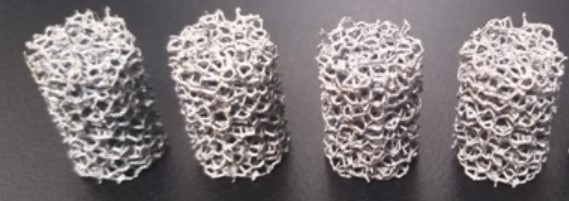
1) Application of porous tantalum in orthopedics
In clinical applications, porous tantalum printing can be applied to all small and medium-sized restorative products. For large-sized repair products, considering the high density of pure tantalum and the excessive weight of the printed implant prosthesis, multi-component gradient printing can be adopted, with porous tantalum used in the bone growing-in area and other metals such as titanium alloy, which is cheaper and lighter in quality, being used in other areas.
With the continuous research on tantalum materials in recent years, several clinical trials have proven that new implants made of medical tantalum in combination with titanium and other metals can compensate for the shortcomings of other metal materials in terms of biocompatibility, bioactivity, and implant-bone bonding.
2) Tantalum coating – a new direction for orthopaedic applications
Tantalum metal has excellent corrosion resistance, and its coating on the surface of certain medical metal materials can effectively prevent the release of toxic elements and improve the biocompatibility of metal materials. Tantalum coatings can meet the three elements of the ideal bone graft material, namely osteoconduction, and osteogenesis, resulting in wider clinical applications and more flexible patient choices.
In addition, tantalum has also been used as an implant material in the restorative treatment of patients with missing teeth. Experiments have shown that conventional implants can absorb up to 30% of the loading energy during the loading process, while tantalum trabecular implants can absorb 50%-75%, which allows the implant to disperse the loading force to the surrounding bone during the long-term intraoral functional loading, avoiding stress concentration, while the higher friction coefficient provides good initial stability during implant placement, thus improving the dental implant bonding rate, especially in implant patients with poor bone quality.
Conclusion
Although porous tantalum is an ideal material for orthopaedic implants. However, due to the variability of the human body and the random morphology of bone defect sites, such as patients with bone tumors and patients with bone deformities, standardized porous tantalum can no longer meet the requirements of individual patient treatment. From the perspective of the development trend of clinical medicine, the best treatment method should be personalized treatment and the best implant should be a personalized implant.
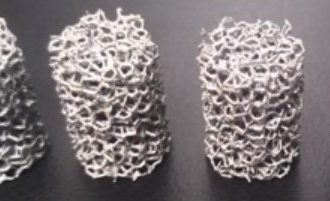
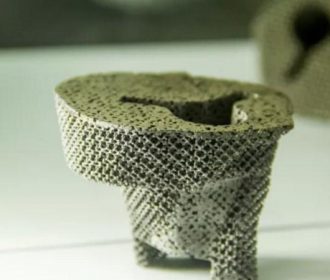
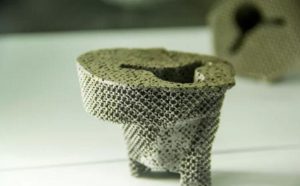
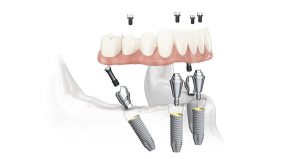
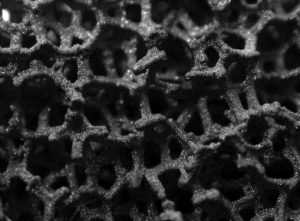
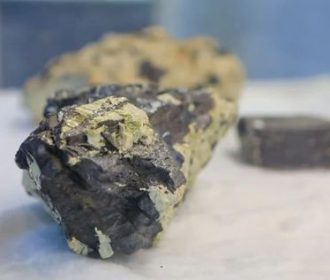
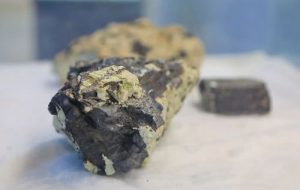
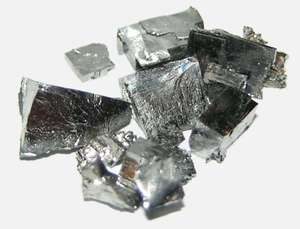
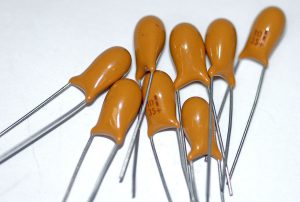
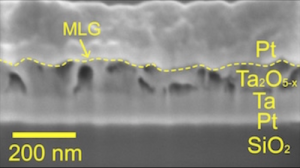
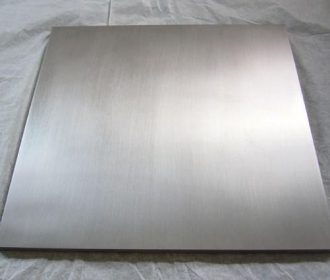
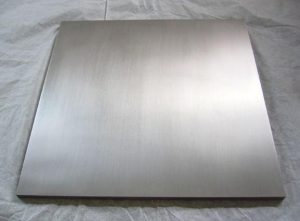
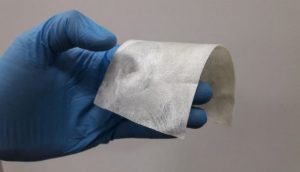
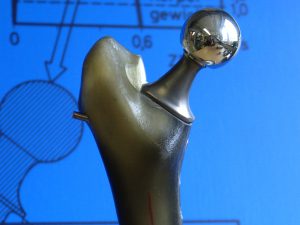
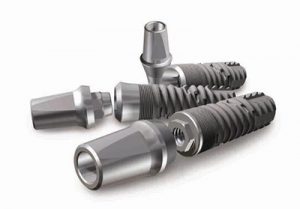
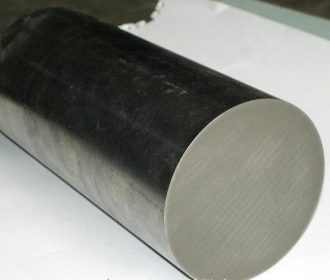
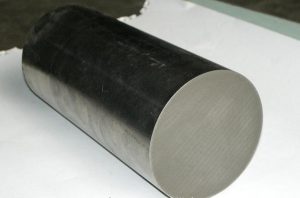
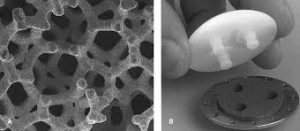
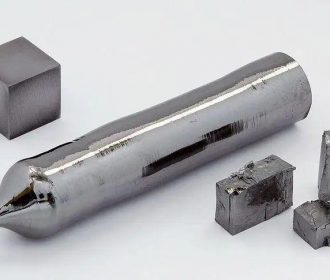
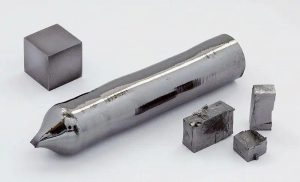
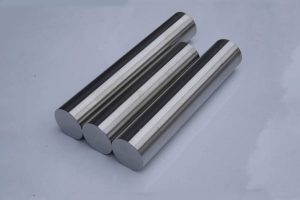
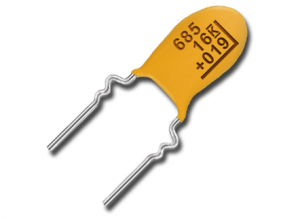

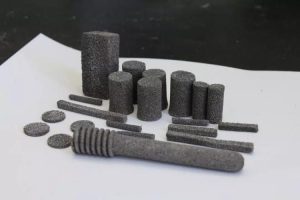
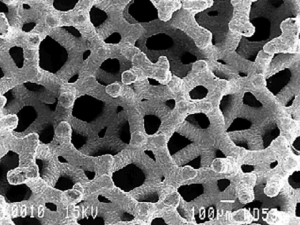
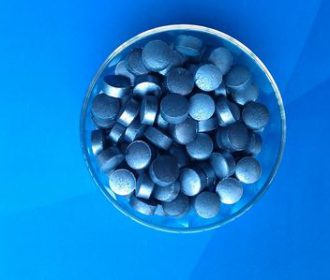


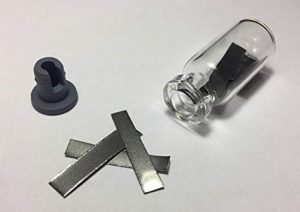
Recent Comments